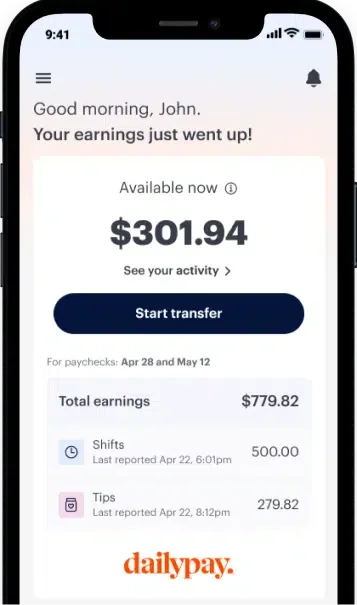Taking care of your health can get expensive. The average consumer spent $5,177 on health care expenses in 2020, according to the Bureau of Labor Statistics. If you have children, that number is likely much higher. The truth is that every health insurance plan is different. Even with a decent monthly premium, you could still be on the hook for meeting a high deductible.
Open enrollment is an opportunity to switch your health insurance plan and ultimately save. Here’s how it works.
What is open enrollment?
When you enroll in a health insurance plan, you usually can’t change it until open enrollment season rolls around. This is an annual window, usually in November, when you can sign up for a new plan for the following year. If you’re going through the Health Insurance Marketplace, open enrollment runs from November 1, 2021 through January 15, 2022. You may have different dates if you’re making changes to an employer-sponsored health plan, so be sure to check with your HR department.
Again, you usually have to wait until open enrollment to change your health plan — but you can do so sooner if you experience a qualifying life event. All this means is that your situation has changed, and you now have new health coverage needs. Some examples include:
- You lost your health coverage
- You got married or divorced
- You had a child
- The benefits provider in your household passed away
How to use open enrollment to save money on health care costs
If you’re stuck in a pricey health insurance plan, open enrollment may be a great opportunity to make a switch and save money. Some key points to consider include:
- Your premium. This is the amount you pay each month to keep your policy. It varies from plan to plan but the average health insurance premium for a 40-year-old is $495, according to data from ValuePenguin.
- Your deductible. This is the dollar amount you have to pay for health care services before your insurance provider starts kicking in. One way to save on health insurance is to opt for a higher deductible, which usually works out to a lower premium. The opposite is often true as well — a lower deductible tends to trigger higher premiums.
It’s a personal choice, but one potential solution is to go with a high-deductible health plan paired with a health savings account (HSA). The money you put into this account is tax deductible, so it reduces your taxable income. Your money also grows tax-free, and you can use it to cover qualified medical expenses as they come.
- Your network. Which doctors and hospital networks are included in your plan? Going with a cheaper option may translate to a small pool of in-network doctors, giving you less flexibility. In some cases, you may also need to get referrals to see specialists. On the flip side, if you have pretty basic health care needs, this type of budget-friendly plan might be all you need.
Where to find a new health insurance plan
With open enrollment season in full swing, now is the time to switch your health coverage if you’re unhappy with your current insurance plan. There are a few different ways to go about it:
The Health Insurance Marketplace
Available in most states through Healthcare.gov, this resource is operated by the federal government and serves as a digital marketplace for finding a health plan. Users can shop around, compare different plans and insurers, and enroll directly through the website. A big perk is that those who meet certain income requirements can receive tax credits and other savings to help make their plan more affordable. It also provides access to Medicaid.
Alternatively, the eHealth platform is a private health insurance marketplace. That means you won’t find those additional benefits, but it might still be worth a visit to see how it measures up against the federal marketplace.
Your partner’s health insurance carrier
Your spouse or partner may have access to health insurance through their job. One possible way to save money is to split up your family coverage. Maybe your partner covers themselves and your children on their plan while you secure an individual plan for yourself. If it’s just the two of you, hopping on or off their plan during open enrollment may make more financial sense, depending on your situation.
The main takeaway here is that you can get creative with how you meet your household’s health insurance needs. If you’re under 26, you might also qualify for coverage under your parents’ plans.
COBRA
Those who’ve recently separated from a job that provided health insurance might be able to continue their coverage through a program called COBRA. Businesses that have at least 20 employees are required to participate. In a nutshell, these companies must give former workers the option of keeping their health insurance for up to 18 months after leaving. COBRA has a reputation for being expensive, but it can’t hurt to compare it to plans on the marketplace.
At DailyPay, our goal is to empower workers and boost financial confidence. To that end, we provide on-demand access to your earned pay — whenever you need it.

